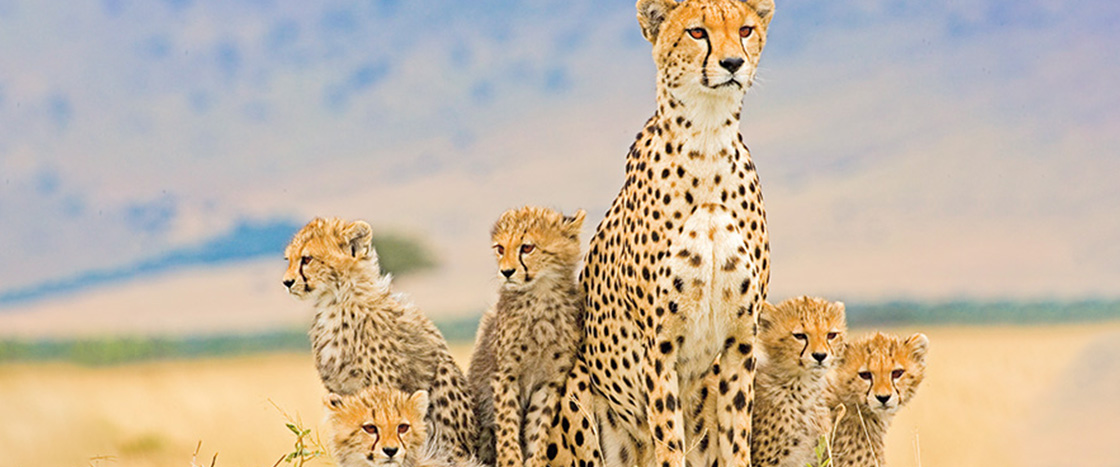Tending to his herd of goats, a farmer makes a dreadful discovery. A goat lies on the ground, killed by a predator. The farmer thinks he knows who is to blame: the cheetahs he’s seen prowling near his farm. If the farmer loses any more goats, he won’t earn enough money to feed his family.
This scene was once common in Namibia, a country on Africa’s southwestern coast. During the 1980s, cheetahs regularly attacked the goats and sheep raised by farmers. To protect their livestock, the farmers shot and killed thousands of cheetahs.
A farmer tends to his herd of goats. But he finds something terrible. A goat lies on the ground. It was killed by a predator. The farmer thinks he knows who’s to blame. It’s the cheetahs he’s seen near his farm. The farmer can’t lose any more goats. Otherwise, he won’t earn enough money to feed his family.
This scene was once common in Namibia. That’s a country on Africa’s southwestern coast. Cheetahs often attacked farmers’ goats and sheep during the 1980s. The farmers wanted to protect their livestock. So the farmers shot and killed thousands of cheetahs.

